Discover the fascinating history of this ancient beverage and share your story of how you take your tea.
The world’s most popular drink after water, tea is sipped by billions of people across the globe every day. While a cup of tea may now be commonplace, it was once a highly precious commodity, and the fascinating history of this ancient brew is entwined with the politics of trade, taxes and social status. To celebrate International Tea Day on 21 May, take a journey through the evolution of the beverage and discover the tea sets of the National Trust.
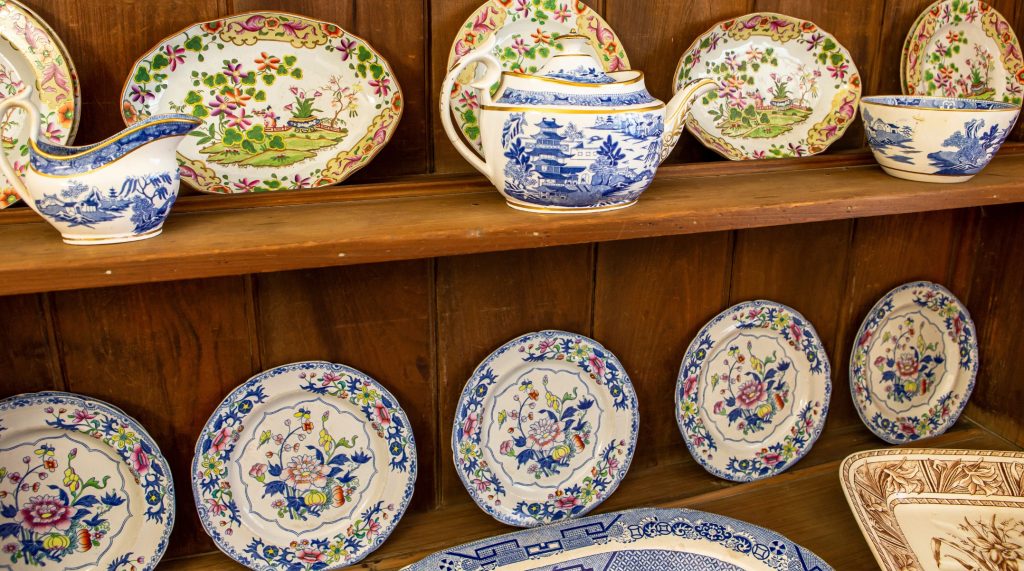
Tea’s origins lie in China where it was sipped for many thousands of years before being introduced to other countries, firstly as a medicinal beverage, then an everyday drink. Legend attributes the discovery of tea to the Chinese Emperor Sheng Nong (also spelt Shennong) in 2732 BC. A dried tea leaf is said to have blown into a pot of water that a servant was boiling, creating an infusion that Emperor Sheng Nong found greatly pleasing. During the later Tang dynasty it grew wildly in popularity, with the subsequent Song Dynasty further elevating tea’s pivotal role in Chinese society.
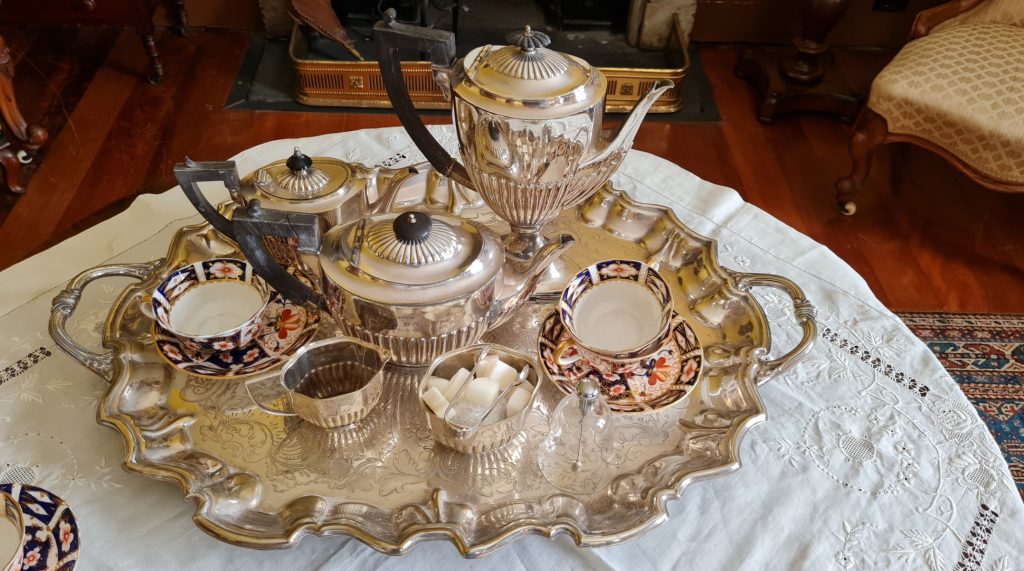
By 900AD the drinking of tea had extended to Japan, where the act of making tea evolved into a ceremonial art form. Tea was later introduced to Europe in the 16th century by Portuguese and Italian merchants followed by the Dutch who were the first to commercially import tea. It arrived in Britain in the 17th century where it became highly fashionable, a desire driven by the Portuguese princess Catherine of Braganza, the wife of Charles II, whose obsession with tea exalted the drink to become a symbol of social status amongst the wealthy classes.
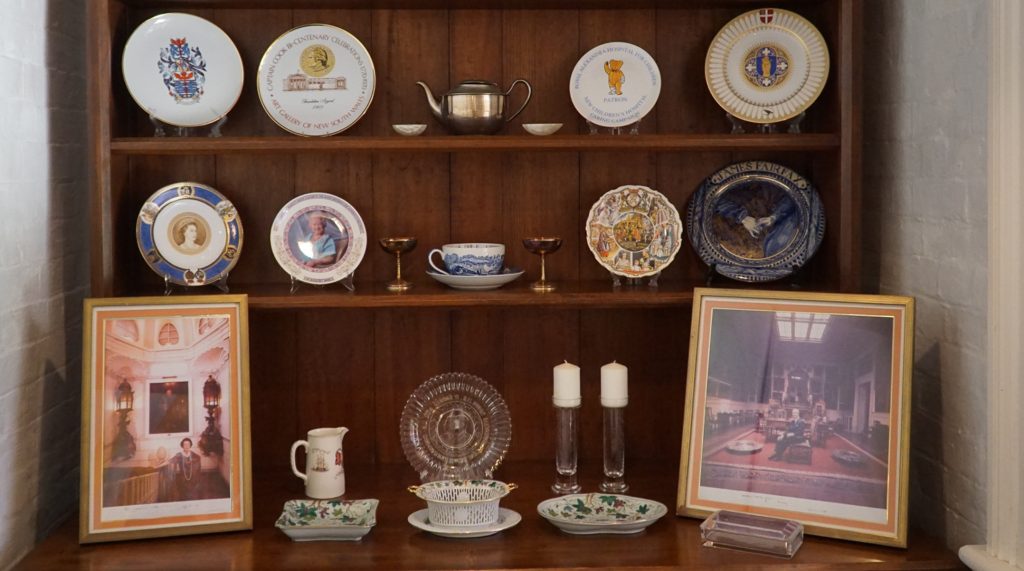
Tea continued to grow in popularity in later centuries, particularly in Britain where the population’s rampant love of tea led to plantations being established in India. Although the British were successful in their goal of cultivating tea and reducing reliance on imports from China, the high taxes levied on tea led to a thriving international smuggling network. Tea also became a lightning rod for political unrest. The beverage even played a central role in the lead up to the American Revolution. At the Boston Tea Party in 1773, American colonists dumped over 300 chests of tea into the waters of Boston Harbour in an act of protest against British authority.
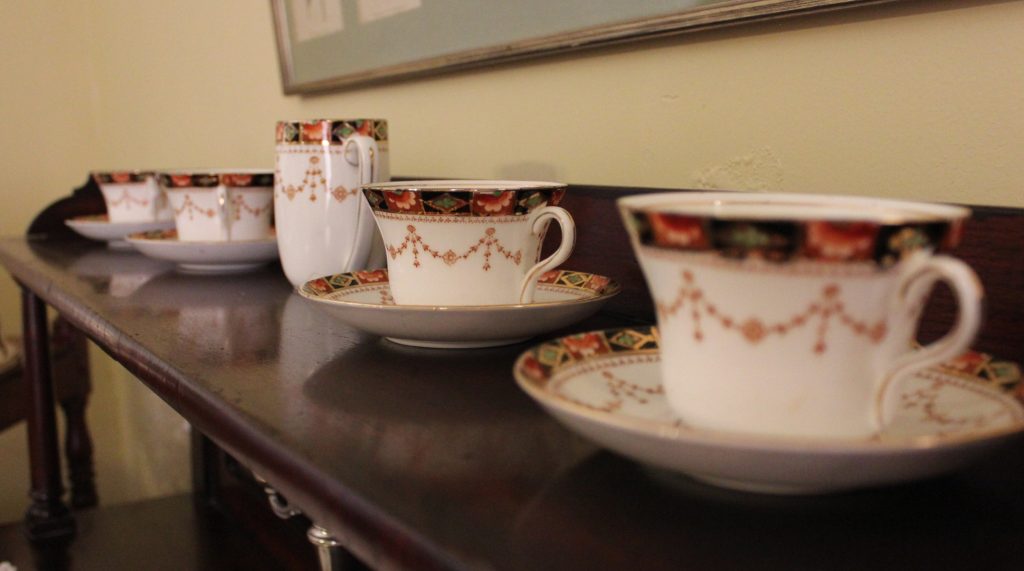
Thankfully tea is no longer highly taxed, in fact, its wide availability has only served to deepen its currency in cultures around the world. Our continuing fascination with tea can perhaps be attributed to the fact that it is much more than just refreshment – it is a ritual. While there is an ease to our drinking of tea today, a kettle and teabags make it inexpensive and easy to brew a cup, the sense of connection in sharing a cup of tea with someone else remains unchanged.

How do you take your tea? Do you have a favourite tea set that you like to use or a special memory involving tea? We would love to hear from you! Simply head to the comments section below to share your story.
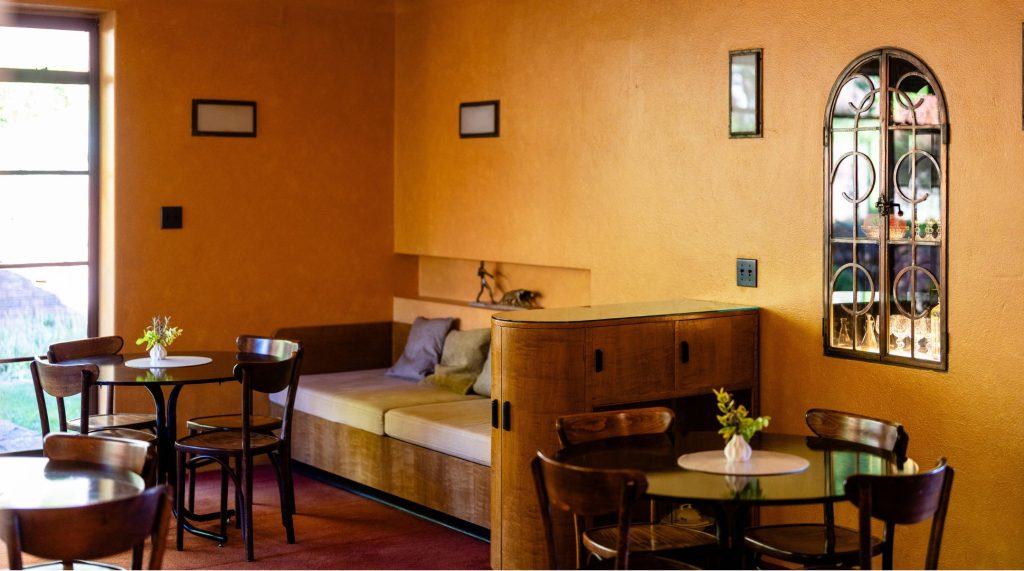
Take tea with the National Trust
Take a trip to Everglades House & Gardens where you can sip tea (and indulge in freshly baked scones) in the elegant surrounds of the Art Deco house in the Blue Mountains.

 Facebook
Facebook Linkedin
Linkedin Email
Email
Hello
My name is Gordon Burr and I have a collection of Royal Albert Tea ware
and also some Minton Tea ware I have about 40 patterns in Royal Albert consisting for the ,most part
Small sized teapot 2 matching cups and saucers side plate matching covered sugar bowl and creamer\
Two High Teas have been held in the Hawkesbury Regional Gallery using some of the tea ware
There was also a display of some of the tea ware as well
Kind regards Gordon Burr
Thank you so much for this very informative and interesting article.
I have always loved good, Leaf Tea and I drink it “ black, “ i. e. without the addition of milk or sugar, in the same way that the Chinese have drunk their wonderful Teas for millenia. For me, the best way to start the day is to have a cup of Tea, as soon as I get up. It is always so refreshing and enjoyable.